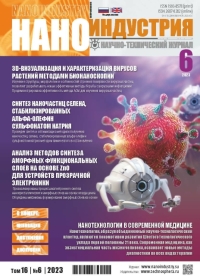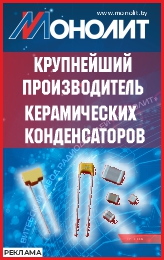SYNTHESIS OF SELENIUM NANOPARTICLES STABILIZED WITH SODIUM ALPHA-OLEFIN SULFONATE
In this study, we performed the synthesis and optimization of the procedure for obtaining selenium nanoparticles stabilized with sodium alpha-olefin sulfonate (AOS). Nanosized selenium was obtained by chemical reduction with ascorbic acid in an aqueous medium. Selenious acid acted as the selenium-containing precursor. As a result, the optimizing synthesis technique, it was found that sample No. 9 is optimal for studying the effect of active acidity medium and ionic strength on aggregative stability. As a result of a multifactorial experiment, the optimal parameters for the synthesis of selenium nanoparticles were established. Due to the computer quantum-chemical modeling, it was established that interaction process between a selenium molecule and sodium alpha-olefin sulfonate (AOS) is energetically favorable. It is shown that the sol of selenium nanoparticles is stable in a neutral medium, and also that aggregative stability is significantly affected by three-charged positive Fe3 + ions.
Tags: alpha-olefin sulfonate quantum-chemical modeling reducing agent selenium nanoparticles sol альфа-олефин сульфонат восстановитель золь квантово-химическое моделирование наночастицы селена
Subscribe to the journal Nanoindustry to read the full article.

 rus
rus


